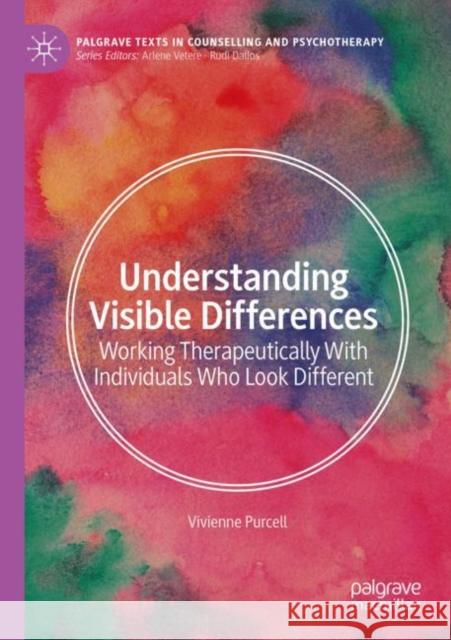Understanding Visible Differences: Working Therapeutically with Individuals Who Look Different » książka
topmenu
Understanding Visible Differences: Working Therapeutically with Individuals Who Look Different
ISBN-13: 9783030516543 / Angielski / Miękka / 2020 / 179 str.
Kategorie:
Kategorie BISAC:
Wydawca:
Palgrave MacMillan
Seria wydawnicza:
Język:
Angielski
ISBN-13:
9783030516543
Rok wydania:
2020
Wydanie:
2020
Numer serii:
001085979
Ilość stron:
179
Waga:
0.24 kg
Wymiary:
21.01 x 14.81 x 1.07
Oprawa:
Miękka
Wolumenów:
01
Dodatkowe informacje:
Wydanie ilustrowane











